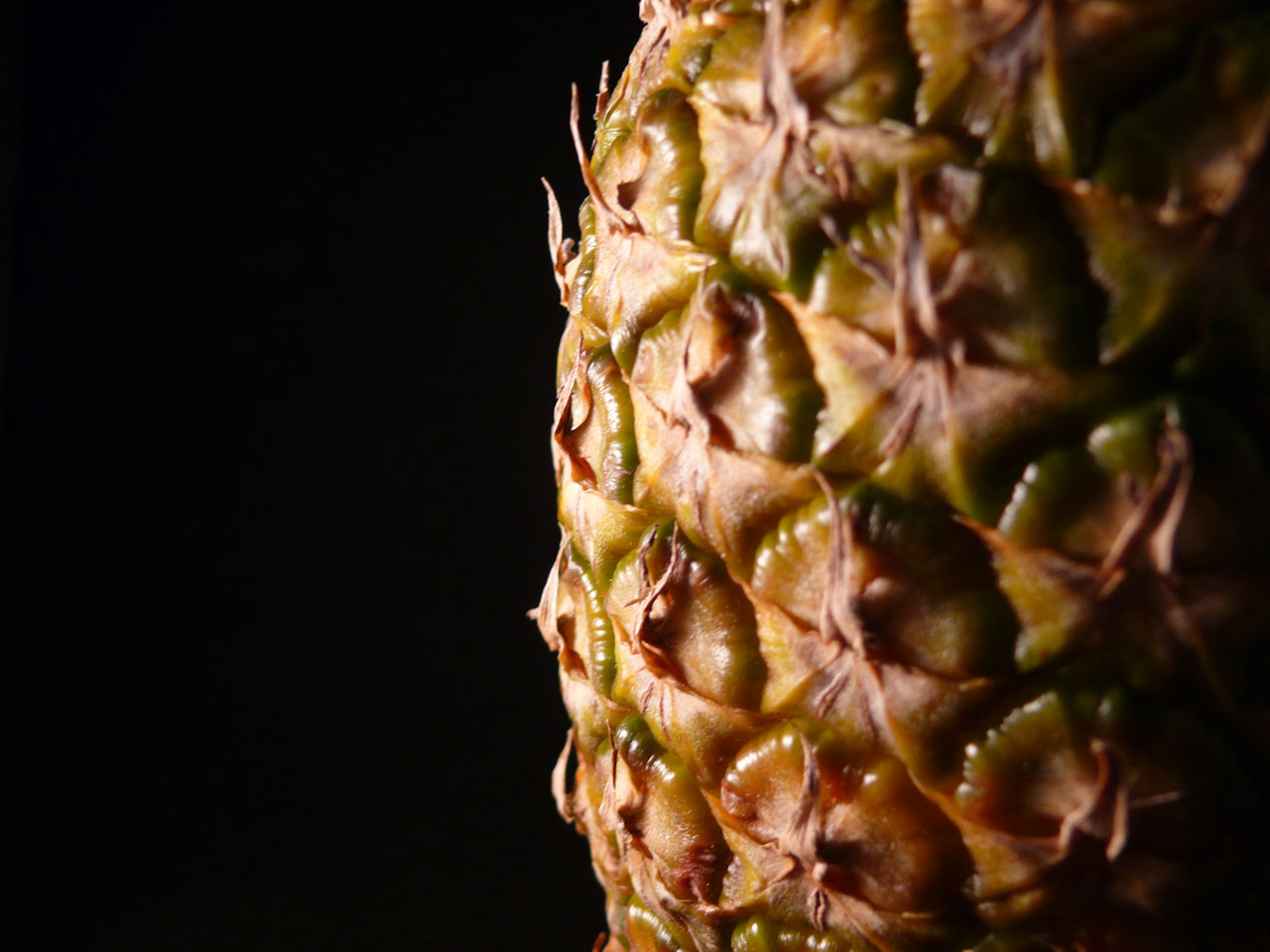Symbol = Mn, Atomic Number = 25, Atomic mass = 54.938005 amu.
Manganese is a silvery-gray metal resembling
iron. Manganese is a trace mineral.
It was discovered by John Gahn in 1774.
The human body contains about 12 mg of manganese, which is stored
mainly in the bones; in the tissue, it is mostly concentrated in the liver and
kidneys.
In the human body, manganese functions as an enzyme activator and
as a component of metalloenzymes (an enzyme that contains a metal ion in its
structure). Significant amounts of manganese can be lost in food processing,
especially in the milling of whole grains to produce flour, and in the cooking
of beans(up to 60%).
Like Zinc, manganese is a mineral that can be excreted in
significant amounts through sweat, and invididuals who go through periods of
excessive sweating may be at increased risk for manganese deficiency.
High doses of manganese may inhibit the absorption of
Iron, Copper, and Zinc.
Alternatively, high intakes of Magnesium, Calcium, Phosphorus, Iron,
Copper and Zinc may inhibit the absorption of manganese.

Manganese ensures Healthy Bones, controls Free radicals, controls the Sugar level, prevents Epilepsy, Important for Metabolisms (cholesterol, amino acids, carbohydrates, Vitamin E and Vitamin B1), it is a remedy for Inflammation and Sprains, prevents Osteoporosis, helps the Absorption of Vitamin E, B and Magnesium, ensures healthy Brain and Nervous System, aids the Glucose Metabolism etc.
Amounts per Day
0-6
months: 3 micrograms
7-12 months: 600 micrograms
1-3 years: 1.2 milligrams
4-8 years: 1.5 milligrams
Boys 9-13 years: 1.9 milligrams
Boys 14-18 years: 2.2 milligrams
Girls 9-13 years: 1.6 milligrams
Girls 14-18 years: 1.6 milligrams
Men 19-70 years: 2.3 milligrams
Men greater than 70 years: 2.3 milligrams
Women 19-70 years: 1.8 milligrams
Women greater than 70 years: 1.8 milligrams
Pregnant women 14-50 years: 2 milligrams
7-12 months: 600 micrograms
1-3 years: 1.2 milligrams
4-8 years: 1.5 milligrams
Boys 9-13 years: 1.9 milligrams
Boys 14-18 years: 2.2 milligrams
Girls 9-13 years: 1.6 milligrams
Girls 14-18 years: 1.6 milligrams
Men 19-70 years: 2.3 milligrams
Men greater than 70 years: 2.3 milligrams
Women 19-70 years: 1.8 milligrams
Women greater than 70 years: 1.8 milligrams
Pregnant women 14-50 years: 2 milligrams
Lactating women 14-50
years: 2 milligrams
Manganese Deficiencies
It may causes impaired growth, skeletal abnormalities, defects in carbohydrate and
fat metabolism and ataxia(a movement disorder characterized by lack of muscle coordination and
balance).
Manganese deficiency is associated with nausea, vomiting, poor glucose tolerance (high blood sugar levels), skin
rash, loss of hair color, excessive bone loss, low cholesterol levels,
dizziness, hearing loss, and compromised function of the reproductive system. Severe
manganese deficiency in infants can cause paralysis, convulsions, blindness,
and deafness.
The manganese deficiency is very rare in humans, and does not usually
develop unless manganese is deliberately eliminated from the diet. In addition,
it has been suggested that magnesium substitutes for manganese in certain
enzyme systems if manganese is deficient, thereby allowing the body to function
normally despite the deficiency.
Manganese Toxicities
Most cases of manganese toxicity are seen in industrial workers
who are exposed to manganese dust. These workers develop nervous system
problems similar to Parkinson's disease.
The excessive manganese consumption individuals can develop a syndrome
called "manganese madness," characterized by hallucinations, violent
acts, and irritability.
The Upper intake levels for manganese:
Infants:
not established (no supplemental manganese should be given)
1-3 years: 2 milligrams
4-8 years: 3 milligrams
9-13 years: 6 milligrams
14-18 years, including pregnant and lactating women: 9 milligrams
Greater than 19 years, including pregnant and lactating women: 11 milligrams
1-3 years: 2 milligrams
4-8 years: 3 milligrams
9-13 years: 6 milligrams
14-18 years, including pregnant and lactating women: 9 milligrams
Greater than 19 years, including pregnant and lactating women: 11 milligrams
Good Vegetable Sources
- Fruits: Avocado, Banana, Blackberry, Blueberries, Cranberries, Dates, Guava, Pineapple, Pomegranate, Raspberries, Strawberry etc.
- Vegetables: Amaranth Leaves , Brussels Sprouts , Kale, Leeks etc.
- Nuts & Grains: Coconut, Buckwheat, Oats, Pecans, Pine Nuts, Rye etc.
- Legumes: Adzuki Beans, Lima Beans, Pigeon Beans, Edamame, Navy Beans etc.

No comments:
Post a Comment